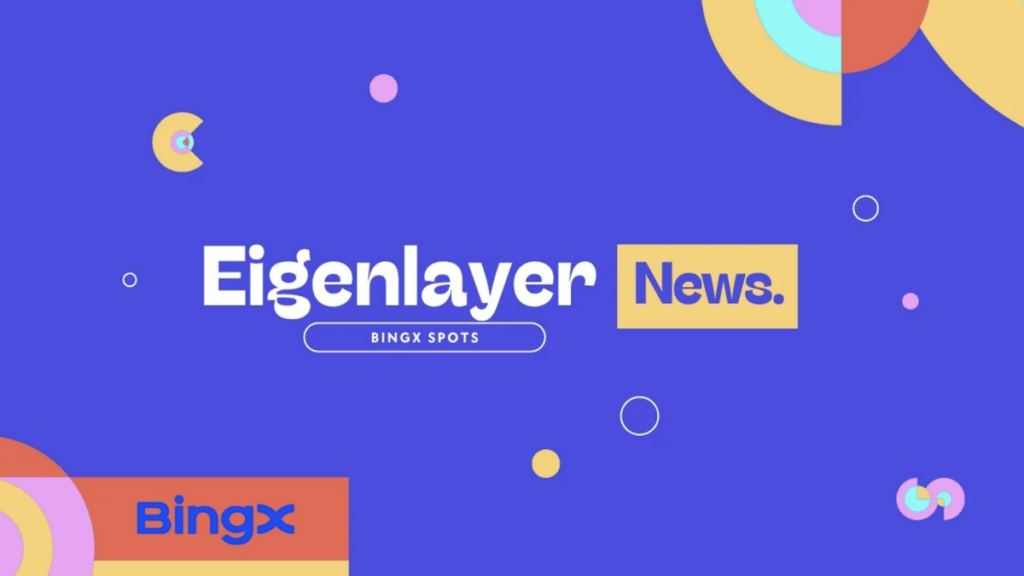In an era where digital transformation is paramount, businesses across various sectors increasingly turn to Web3 technologies to innovate their loyalty program offerings. This move aims to enhance customer engagement and capitalise on the significant growth projected in the global loyalty market.
According to a recent report, the global loyalty market is expected to increase from US$135,903.9 million in 2023 to US$217,371.1 million by 2028, marking a compound annual growth rate (CAGR) of 9.5%. But what about Web3’s impact on this growing and innovative sector?
Understanding Web3 Loyalty Programs
Web3 loyalty programs are changing the game for customer rewards, using blockchain to create a more engaging way to keep customers returning. At the heart of these programs are smart contracts, which are essentially automated rules that manage how rewards are earned and used.
Offering NFTs as part of loyalty programs is catching on, mirroring the broader shift towards digital rewards. This strategy provides an innovative way for both online and omnichannel retailers to build meaningful relationships with customers who are enthusiastic about the latest technological trends.
Customers join these programs by using a digital wallet to collect their tokens, which they can earn through purchasing products, engaging with the brand, or participating in special Web3 activities.

Advantages Over Traditional Programs
What sets Web3 loyalty programs apart is the level of ownership and transparency they offer. Customers can own their rewards and be free to trade or sell them, a big leap from traditional loyalty programs. These programs also build a stronger community feel as customers get more involved in the brand’s world.
Examples include NFTs that unlock special brand experiences, tokens that customers can earn and use for discounts or trade, and dynamic NFTs that change based on customer behavior. This innovative approach to loyalty programs shows how brands think differently about engaging with their customers, making the experience more personalized, secure, and enjoyable.
Strategic Innovations and Partnerships
As the digital landscape evolves, companies like Visa, Moonbeam Network, and Lufthansa are leading the charge in integrating Web3 capabilities into their loyalty schemes.
Visa’s announcement of a Web3 loyalty service highlights the trend towards gamified experiences and digital wallets, emphasizing the sector’s shift towards more immersive customer interaction methods.
Similarly, the collaboration between Moonbeam Network, DUX, and Grupo RAO signifies the potential for cross-industry partnerships to foster innovative loyalty solutions, especially in emerging markets like Brazil.
Lufthansa’s venture into an NFT-powered loyalty program with Polygon further illustrates the industry’s move towards leveraging blockchain technology to provide unique and value-added services to customers.
These initiatives not only showcase the sector’s growing innovation but also highlight the strategic alliances forming to launch Web3 loyalty programs, emphasizing the importance of collaboration in this new digital frontier.
Implications and Future Outlook
The shift towards Web3-powered loyalty programs indicates a broader transformation in how businesses engage with customers. Companies aim to create a more immersive and interactive experience that fosters deeper customer loyalty by offering more than just transactional benefits.
Using digital wallets and NFTs to store rewards and experiences represents a significant departure from traditional loyalty models, offering customers greater flexibility and value.
Web3 loyalty programs are in their infancy, with many projects still in the conceptual stage or just beginning pilot tests. The true potential of these programs at a large scale will become clear as they navigate the complexities of evolving technology and strive for real-world application and success.
As the global loyalty market continues to expand, experts expect the integration of Web3 technologies to play a crucial role in shaping the future of customer engagement strategies.
Looking ahead to 2024 and beyond, the proliferation of Web3-powered loyalty initiatives could redefine the paradigms of customer loyalty and retention strategies, establishing a new standard for how businesses cultivate and maintain customer relationships.
Author

Immersive tech enthusiast, diving into the NFT currents reshaping the Metaverse.





